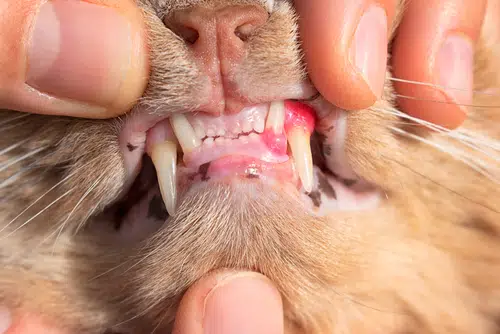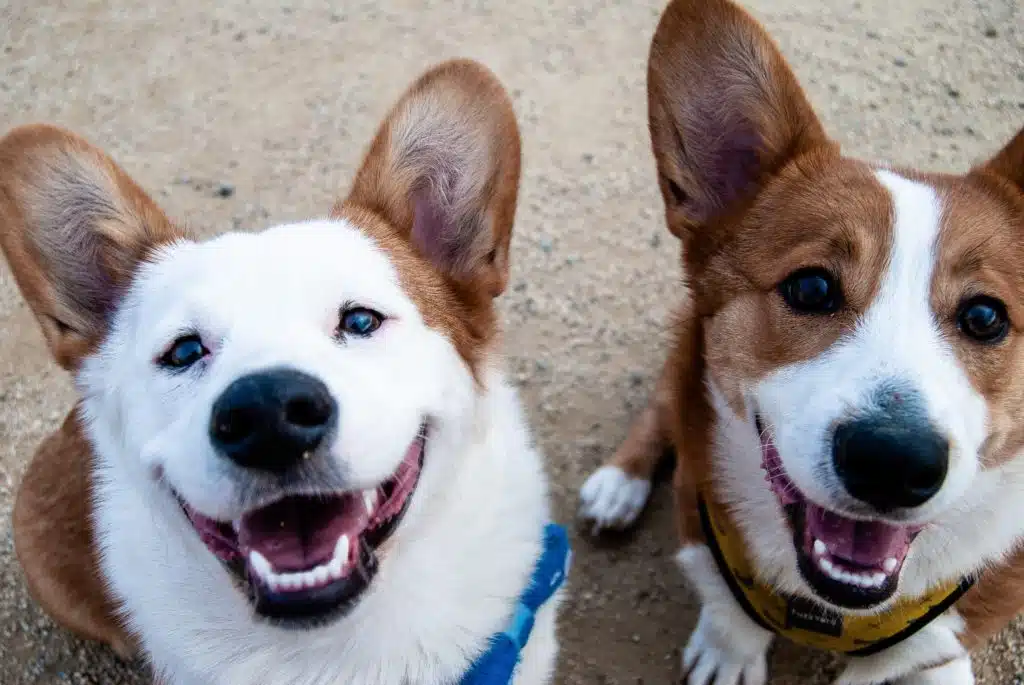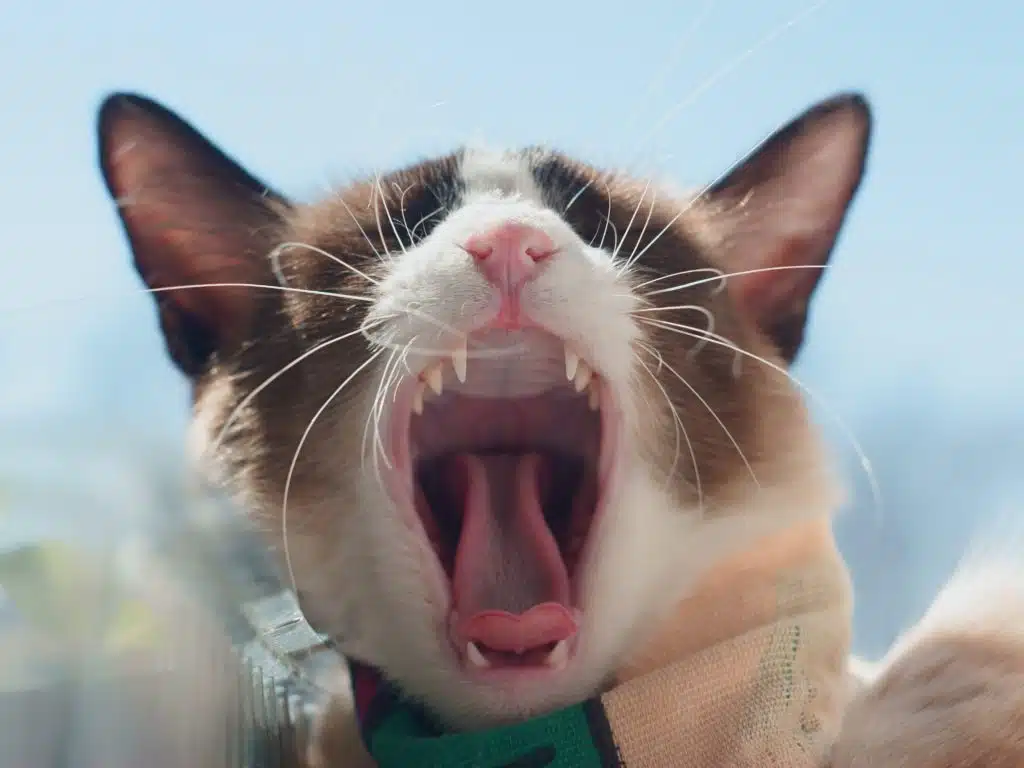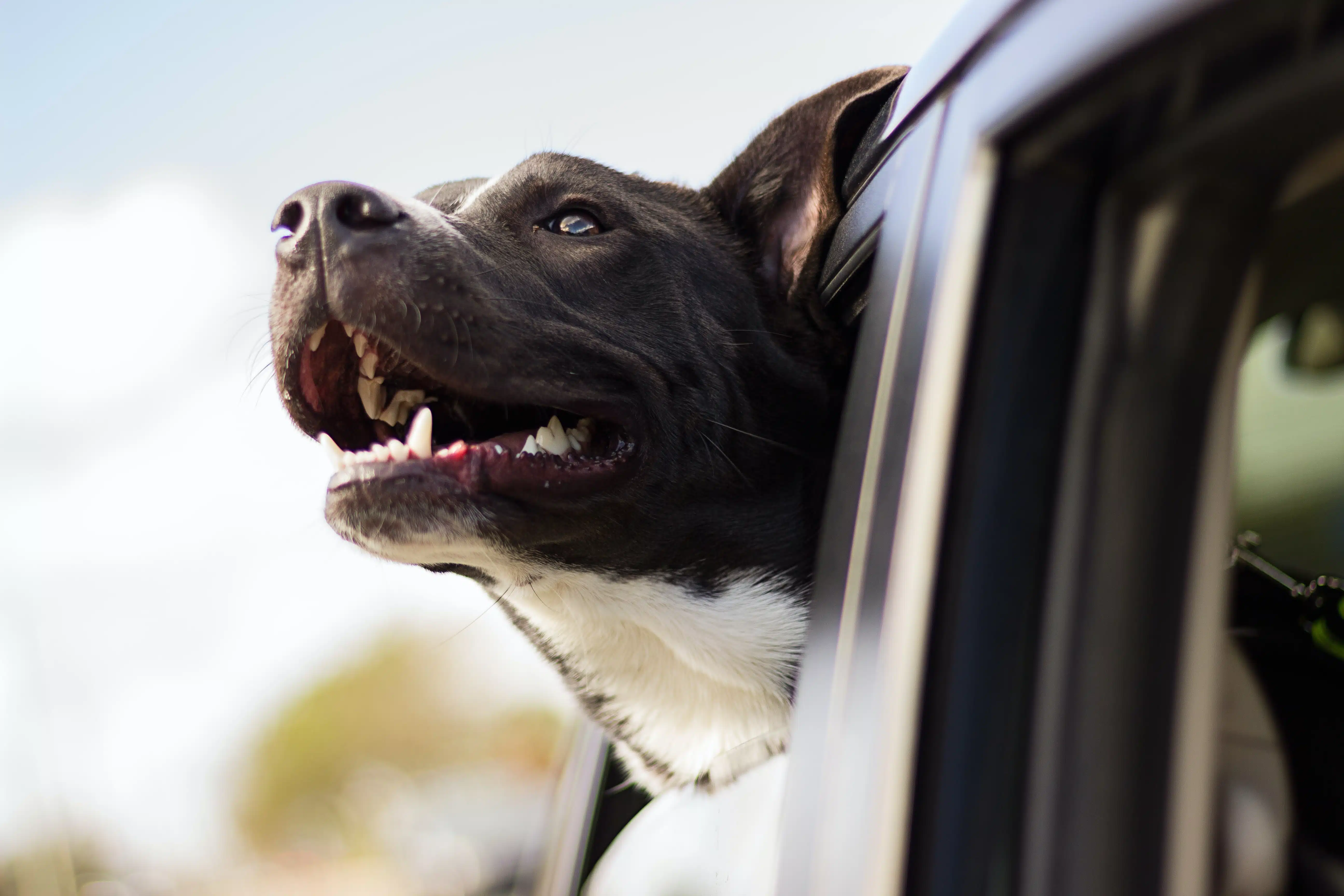Home » Blog » Pet » Pet Insurance Insights » Pet Dental Insurance: What’s Covered and What’s Not?
Categories
Tags
animal welfare
breed profile
buying a car
buying a pet
Car
car accessories
car care
car features
car insurance
Car safety
car sales
car service
cat
cat behaviour
cat body language
Cat Breeds
cat food
cat insurance
comprehensive car insurance
Dog
Dog Behaviour
dog body language
Dog Breeds
dog food
Dog Insurance
dog training
eco friendly cars
Kitten
New Car
pet accessories
pet activities
Pet Adoption
pet breeders
pet days of the year
pet fun stuff
Pet Health
pet insurance
pet parenting
Pet Safety
pet services
Puppy
rescue pets
road safety
road trip
safe driving
Recent Blog:
Facebook Posts
2 days ago
Growing old sometimes means we can’t take care of pets anymore. Find out some advice on what to do when this happens:![]()
![]() Senior Pet Parents – Contingency Plans for Your Pet – bit.ly/44bzwkS
... See MoreSee Less
Senior Pet Parents – Contingency Plans for Your Pet – bit.ly/44bzwkS
... See MoreSee Less
Senior Pet Parents' Contingency Plans for Pets
www.pd.com.au
Sometimes senior pet parents need more downtime. For older pet owners, this can be tricky to navigate if their dog or cat is full of beans and wants to4 days ago
Before you rev up the engine, let’s run through a checklist of things to do before starting your car. Not only do these steps ensure your safety (and that of others around you), but they also help in maintaining your vehicle's longevity.![]()
![]() Driving Tips: Your Checklist Before Starting Your Car -
... See MoreSee Less
Driving Tips: Your Checklist Before Starting Your Car -
... See MoreSee Less
Driving Tips: Your Checklist Before Starting Your Car
www.pd.com.au
Heading out for a drive? Hold up a second! Whether you're dashing off to work, running errands, or embarking on a road trip adventure, there are a few1 week ago
Are intestinal worms setting up camp in your dog’s gut without paying rent? Here’s how to spot the main culprits and get rid of them too:![]()
![]() Preventing, Identifying and Treating Intestinal Worms in Dogs - bit.ly/43YjCKu
... See MoreSee Less
Preventing, Identifying and Treating Intestinal Worms in Dogs - bit.ly/43YjCKu
... See MoreSee Less
Preventing, Identifying and Treating Intestinal Worms in Dogs
www.pd.com.au
Intestinal worms, such as roundworms in dogs are one of the least glamorous topics on the planet. These intestinal parasites that basically use our dogsYou may think of pet insurance plans as cover for emergency illnesses and injuries. Perhaps you even know providers like PD Insurance have third party liability cover too. Being covered for those events is critical, but what you might not have considered is pet dental insurance to cover dental diseases. Have you wondered whether it’s included in an insurance policy and how much it covers? You’ve arrived at the right article.
It may be well worthwhile paying a higher pet insurance premium for dental care inclusion. According to the Australian Veterinary Association, 80% of dogs and cats over the age of three have some level of dental disease.
At PD, our Deluxe plan covers various dental treatments for your pet up to an annual limit. It might seem excessive, but proper dental treatment can help your dog or cat live a happier (and indeed, longer) life. In fact, it should be a part of your routine pet care – just like vaccinations and worming.
However, not all providers offer pet dental insurance. It’s important to look at the small print when you’re shopping around for a policy.
Let’s look at why it’s important cover…
Table of contents

What are common mouth and dental problems in pets?
There are a variety of issues that can arise with your Basset Hound’s or Maine Coon‘s sparkly whites. Taking out quality pet dental insurance can provide a financial cushion for treatment, which can become expensive very quickly.
For instance, a dog or cat can easily bite down on something hard, get caught on a branch or end up in a fight, resulting in a broken or lost tooth or worse damage.
On top of that, here are a few dental-related health conditions to be aware of:
Gingivitis
Gingivitis is a very common gum disease that can cause irritation, redness and swelling around the base of the teeth. If untreated, it can progress into periodontal disease.
Periodontal disease
This is where pets experience infection and inflammation of the periodontium (the tissues surrounding the tooth). Periodontal disease starts as gingivitis.
Abscesses and tooth infection
These infected, pus-filled pockets are found in the mouth or the root of the teeth. They can be caused by infection, bite wounds, and more. For more information on abscesses, read our article on How Do You Treat a Tooth Abscess in Dogs?
Oral tumours
These can occur at any time and will be either benign or malignant.
Retained deciduous (milk) teeth
This is when the baby tooth remains even when the adult tooth has come through.
Feline tooth resorption
This condition affects over 50% of cats, where the body begins breaking down and absorbing teeth.
Feline ulcerative stomatitis
Although quite rate, this is a very severe and painful inflammatory condition that causes ulcers in the cat’s mouth and gums.
Make no mistake, bacteria and toxins from teeth can have a knock-on effect on the entire body. They can enter the bloodstream and cause problems with organs such as the liver, heart and brain.

How to prevent dental disease in dogs
This is actually easier than you may think…
Brush your dog’s teeth regularly
Use a soft bristled toothbrush and pet toothpaste. With regular use, toothpaste for dogs helps reduce plaque and fights bad breath. Are you having trouble cleaning your puppy’s teeth? You can become a pro in no time by reading our article: Dog Teeth Cleaning for Sparkly Whites.
Dental diet
Nutritionally balanced dental diets are designed to meet the day-to-day needs of healthy animals. It’s common for these diets to contain three or more different additives or features that will help prevent dental disease.
Although wet and raw dog foods do have their merits, when trying to rebuild a dog’s dental health most veterinarians will recommend dry dog foods that are dental health-specific. This is largely due to the fact that wet dog food tends to stick to teeth or get tucked between gums.
Tip: Cinnamon is a non-toxic ingredient that eliminates odour-causing bacteria… so why not bake it into your dog’s favourite treat? Cinnamon dog biscuits also have a rough texture that scrapes plaque and tartar off your dog’s teeth.
Treats and chews
Nothing makes a dog happier than a good chew, aside from hugs and kisses. Dog chews will not keep your dog’s teeth completely clean and healthy by themselves, but when used as a supplement they can be very beneficial.
How to prevent dental disease in cats
The tips are fairly similar to those above for dogs:
- Feed them the right food, one that’s nutritionally balanced with a good mix of dry food thrown in
- Clean their teeth regularly, using a soft brush and pet toothpaste
- Head to the vet at least once a year to get those pearly whites checked
- Resort to professional teeth cleaning if need be
- Look at for signs of oral pain in your cat, like pawing at the mouth or a lack of interest in food
Read more in our article about how to take care of cat teeth.
So, if you do take out insurance for your pet’s dental care, what can you expect it to cover? Read more below.

What does the dental portion of a pet insurance policy cover?
If you’re looking for pet dental insurance for your cat or dog, you’ll be happy to hear this can be part of your pet health cover policy in Australia.
Accident-only policies usually won’t offer any dental cover, though it may be available as an add-on in some cases. These policies are usually cheaper, but don’t give you wide coverage. Given the incidence of dental disease in cats and dogs, you may prefer to part with a few extra dollars each month in return for dental cover for your pet.
The nitty gritty
We can’t speak for anyone else, but what we can say is that PD Insurance’s Deluxe dog insurance and cat insurance policy includes cover (up to the defined benefit limit) for:
- Abscesses
- Gingivitis
- Tooth removal where medically required, for:
– Cavities
– Tooth fracture
– Dental disease as a result of infection
– Retained deciduous teeth
Remember, pet dental insurance usually won’t provide cover for cosmetic procedures or routine cleaning. So, it’s a good idea to learn about getting your pet’s dental care right.
Choosing the right insurance policy
If you need pet dental insurance in your policy, carefully read the Product Disclosure Statement (PDS) so you understand your inclusions and exclusions. That way there won’t be any nasty surprises when you get to the vet.
Dogs and cats can develop dental diseases and problems just like humans. And if you’ve ever had an ulcer or toothache that just doesn’t want to disappear, you’ll know how frustrating and painful it can be.
Unfortunately, dental problems in pets often go unnoticed until they’re fairly severe in nature. An annual dental check-up and regular cleaning can go a long way towards keeping your fur kid’s teeth healthy. But even when you’re proactive, unexpected health issues can arise, which is where pet dental insurance comes into play. And pet insurance in general, of course.
Why not take two minutes for a quick, free quote?
Share On:




